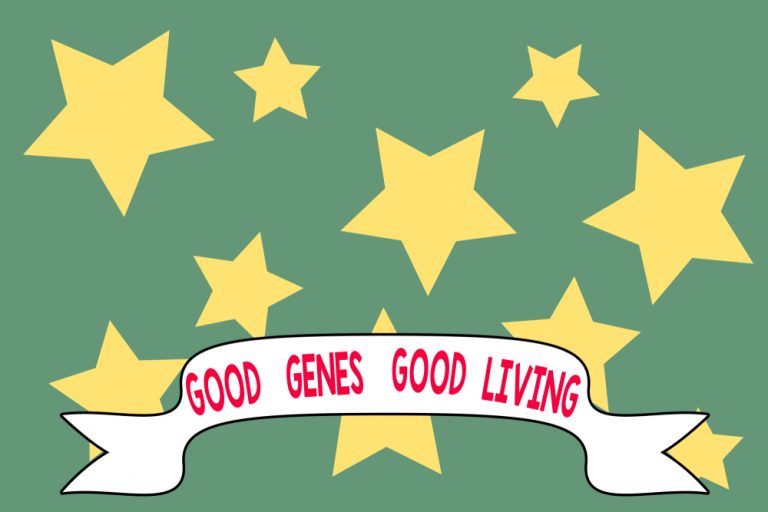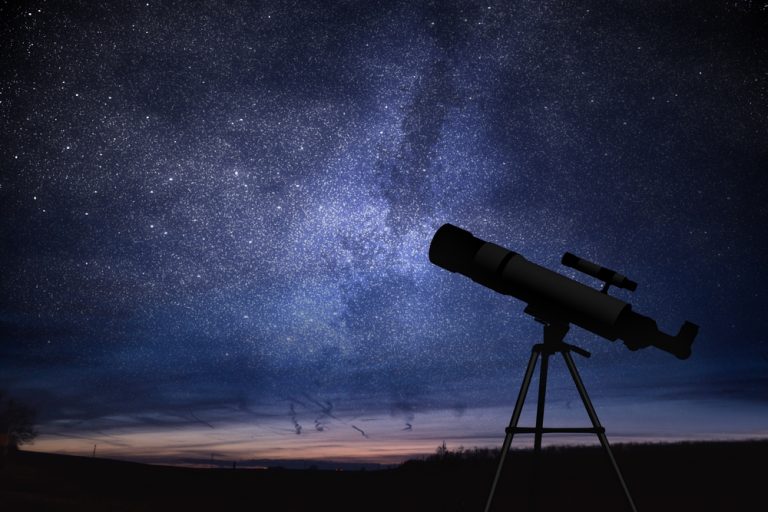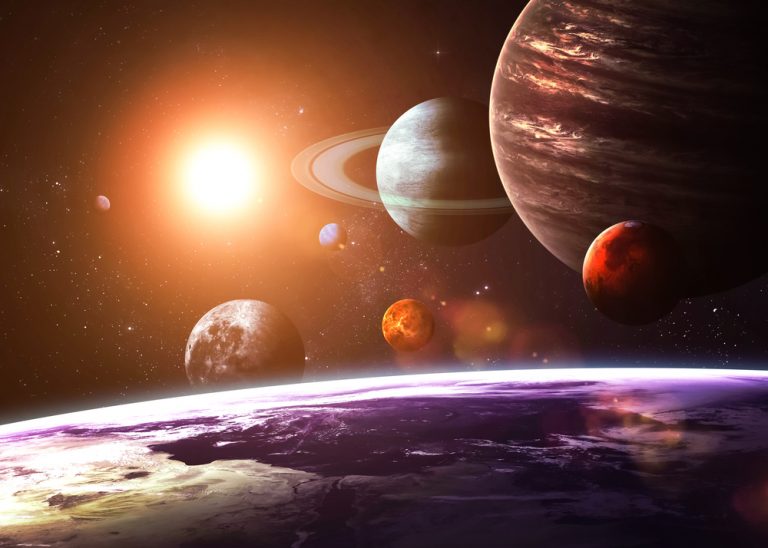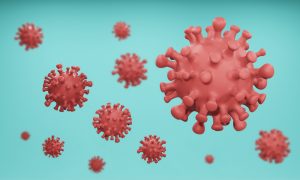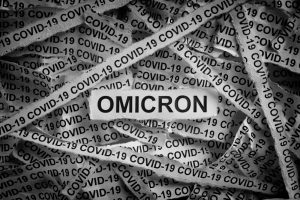TOI 700 d is the newest planet discovered by NASA’s Transiting Exoplanet Survey Satellite (TESS). It also belongs to the elite ranks of Earth-sized planets with the potential for liquid surface water.
So the agency’s Transiting Exoplanet Survey Satellite (TESS) has discovered a roughly Earth-size planet. In the habitable zone of its host star, orbital distances where liquid water could be stable on a world’s surface.
The little TOI 700 is about 40 percent the size of our Sun
TESS monitors large sectors of the sky for 27 days, tracking changes in the brightness from thousands of stars. One such star is the little TOI 700, which measures about 40 percent the size of our Sun. It is also located 100 light-years away in the southern constellation Dorado.
In other words, TESS hunts for planets using the “transit method.” It is searching telltale dips in stellar brightness caused by orbiting worlds crossing stars’ faces from the satellite’s perspective.
This is not the first time when NASA uses this strategy. NASA’s Kepler space telescope used the same method, which discovered about 70% of the roughly 4,000 known exoplanets.
“TESS was designed and launched specifically to find Earth-sized planets orbiting nearby stars,” Paul Hertz said in a statement. He is the astrophysics division director at NASA Headquarters in Washington.
TOI 700 d is a key science discovery
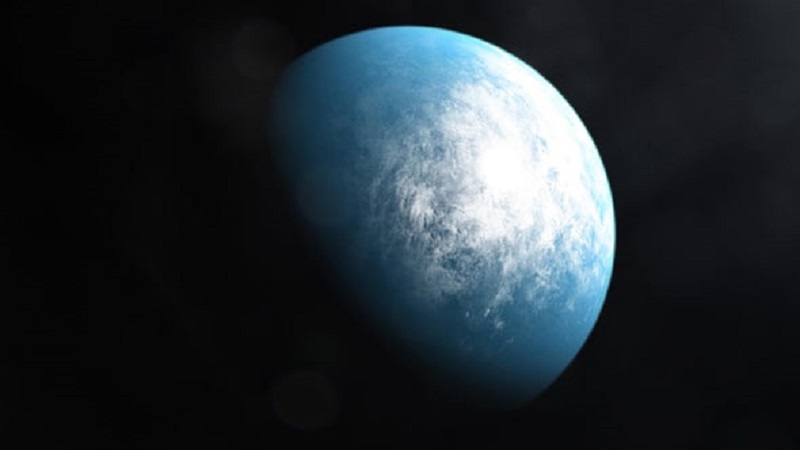
“Planets around nearby stars are easiest to follow up with larger telescopes in space and on Earth. Discovering TOI 700 d is a key science finding for TESS.
Confirming the planet’s size and habitable zone status with Spitzer is another win for Spitzer. It approaches the end of science operations this January.”
“When we corrected the star’s parameters, the sizes of its planets dropped. We realized the outermost one was about the size of Earth and in the habitable zone,” added Emily Gilbert. He is a graduate student at the prestigious University of Chicago.
In fact, TESS observed three planets while they orbited TOI 700. First of all, TOI 700 b is the innermost planet. Researchers discovered it has almost the same size and Earth and finishes an orbit every 10 days.
The middle planet, TOI 700 c, is 2.6 times bigger than our planet. So basically it means it’s likely a gassy “mini-Neptune,” and zips around TOI 700 every 16 days. Surprisingly, TOI 700 c is a center planet.
TOI 700 d is the outermost known planet
Surely, the most intriguing planet is TOI 700 d, the outermost known one in the whole system. It’s just 20% larger than Earth and completes one orbit every 37 days. As researchers suggest, the alien world receives 86% of the stellar energy that Earth gets from the sun.
Furthermore, they want to detect TOI 700 d’s mass by measuring how much its gravity tugs the host star. Researchers can not figure out how dense TOI 700 d without knowing its mass. They can do it just by putting TOI 700 d in the habitable zone.
A third team of researchers, led by Gabrielle Engelmann-Suissa, did some modeling work to obtain vast possibilities. For instance, the first simulation depicted the planet as an ocean-covered world with a carbon-dioxide-dominated atmosphere.
On the other hand, a second simulation pictured TOI 700 d like a dry and cloudless world.
“Someday, when we have real spectra from TOI 700 d, we can backtrack, match them to the closest simulated spectrum. Then we’ll match that to a model,” Engelmann-Suissa said in the same statement.
“It’s exciting because no matter what we discover about the planet, it’s going to look different from what we have here on Earth.”

